Black Rule: Stories from the New South Africa, 2011-2015
Chris Roberts, American Renaissance, May 6, 2020
This is the fourth part of a timeline that traces black rule in South Africa from 1994 to the present. It is drawn from international news stories and the American Renaissance archive. You can read part one here, part two here, and part three here.
According to the South African Medical Research Council, only one in nine South African rapes are reported. In 2010-11 there were 66,196 sex offenses in South Africa, according to police statistics, with the worst rates in the Northern Cape province: 168 cases per 100,000 people. [Los Angeles Times, April 18, 2012]
2011:
South Africa’s minister of land reform says black farmers have resold nearly 30 percent of the white farmland bought for them by the government–often back to the previous white owners.
Minister Gugile Nkwinti announced the startling indicator of failure at Wednesday’s launch of a long-delayed government policy paper to revitalize plans to more equitably distribute agricultural land, redressing historical wrongs. Seventeen years after white minority rule ended, the vast majority of agricultural land remains in the hands of some 40,000 white commercial farmers.
Nkwinti said the government had bought 7 percent of the country’s commercial farmland since 1994. He said black farmers had resold about 2 percent. [Forbes, August 31, 2011]
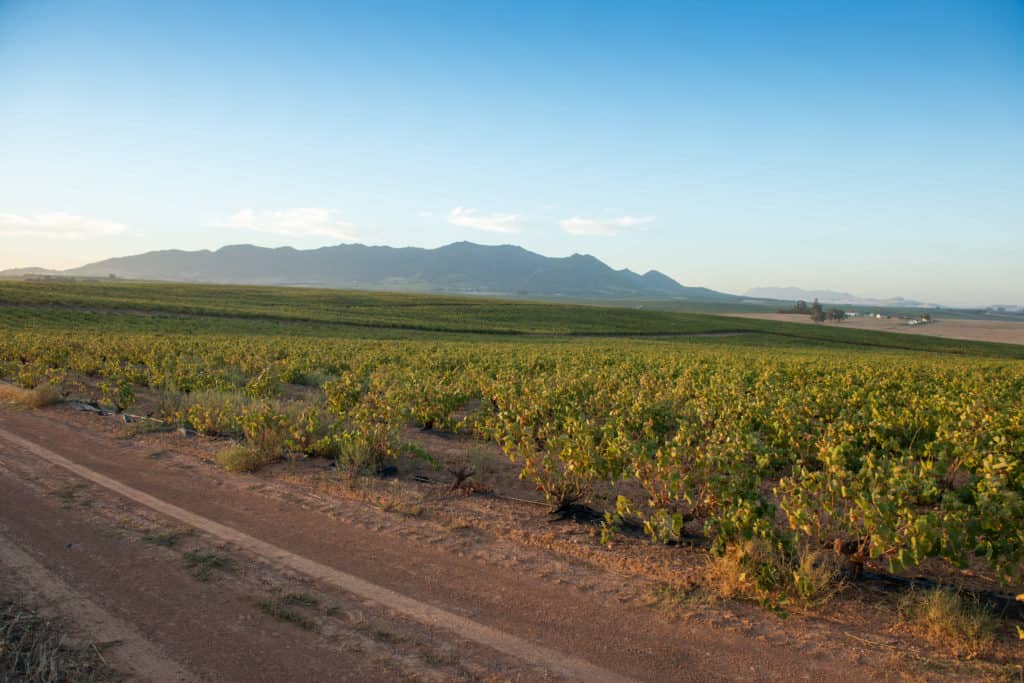
Farm land and vineyards in Stellenbosch, Western Cape, South Africa (Credit Image: © Edwin Remsberg / VW Pics via ZUMA Wire)
To be a farmer more dangerous than to be a police officer . . .
Murders committed on farms in South Africa is 700 times higher than the average in the rest of the world. . .
The risk to be killed on a farm is about 30 times higher than in any other part of the community. The attacks are furthermore extremely violent. [African Crisis, April 13, 2011]
A trial date is expected to be set on Thursday for 12 people arrested in connection with setting a pastor alight after accusing him of using a magic penis to sleep with women.
The nine men and three women, aged between 28 and 50 will appear in the Boschfontein periodical court in Mpumalanga on charges murder and arson.
The villagers, among them a community induna (headman), were arrested on February 24 after Albert Malwane, a pastor of the Izwi Zion Christian Church, was burnt to death a day before.
Mpumalanga police spokesperson Leonard Hlathi said that Malwane had been dragged from his one-roomed house in the Etitandini informal settlement near Jeppes Reef south of Malalane and taken to a hill, where he was set alight. . .
Community members had accused him of talking to animals and using an invisible penis to sleep with women in the informal settlement.
They also accused his wife of turning into a snail and terrorising the community. [Mandla Khoza, News24, May 25, 2011]
Afrikaner marketing-consultant Marina Kloppers, 23, has placed charges of assault and indecent assault against two black cops from Pretoria West police for forcing her to strip down naked and taking pictures of her on their cellphones on July 21 2011 at 2am. They then took her and a friend Charise de Witt, 22, to the Laudium clinic for blood-tests–where she was forced to strip naked and photographed by the two male cops. She was never charged for anything but they then threw her into a police-cell at the Pretoria West police station, where she lapsed into a diabetic coma and had to be rushed by her father Willem to Eugene Marais Hospital to save her life. [What Is Happening in South Africa, August 9, 2011]
South Africa lost 395,000 jobs in 2010, the government said Wednesday, despite the expected windfall from hosting the football World Cup and the nation’s recovery from recession.
The poor showing last year followed the loss of 870,000 jobs in 2009, according to Statistics SA, meaning most of the job gains of the last six years have been wiped out. [Yahoo! News, September 28, 2011]
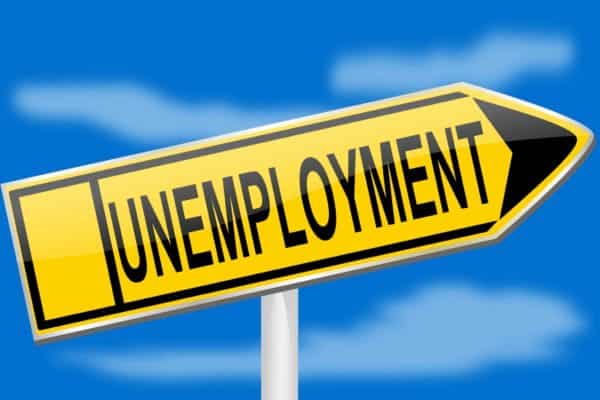
Though 40% of its 50m people live off less than $2 a day, South Africa has become one of the world’s fattest countries. Six out of ten South Africans are now clinically overweight or obese, according to a recent survey by GlaxoSmithKline (GSK), a pharmaceutical company. So, apparently, are a quarter of teenagers and one in six children under nine. Another study, by London’s Imperial College, found as many as three-quarters of South African women to be overweight, up from 57% in 1980; it classified 43% as obese, up from 24% in 1980. Men are only a shade trimmer, with 62% reckoned overweight. [The Economist, December 17, 2011]
2012:
The prevalence of HIV/AIDS in South Africa is rising due to the world’s fastest growth in new infections and a higher patient survival rate, according to a new health study.
An estimated 12.2 percent of South Africa’s population was infected with the HIV virus in 2012, compared with 10.6 percent in 2008, according to a survey of 38,000 people carried out by the country’s Human Sciences Research Council.
The percentage rise was partly due to 400,000 new HIV cases in the year studied, the highest in the world, taking the total number of people infected in South Africa to 6.4 million. . .
Three-quarters of those surveyed believed they were at low risk of contracting HIV, even though one-in-ten of those tested were found to be already infected. [Reuters, April 2, 2014]
A 12-year-old boy was drowned in a bath of boiling water by robbers who raped his mother before killing both his parents in a violent house robbery.
Three men broke into the family’s home in Walkerville, Johannesburg, where they assaulted and shot dead Tony Viana, 53, and brutally raped and killed his wife, Geraldine.
They then tied up and gagged the sobbing boy, Amaro, and pushed him into a bath of boiling hot water to drown him, ‘because he would be able to identify them’.
The family’s gardener, Patrick Petrus Radebe, 24, their domestic servant’s son, Sipho Mbele, 21, pleaded guilty to three charges of murder and one charge of rape each, reported Sowetan Live.
David Motaung, 20, pleaded guilty on Tuesday to robbery charges.
They then left the South African court and walked back their cells laughing, according to Beeld newspaper.
The family dog was killed by having his stomach cut open. [Emma Reynolds, Daily Mail, July 26, 2012]
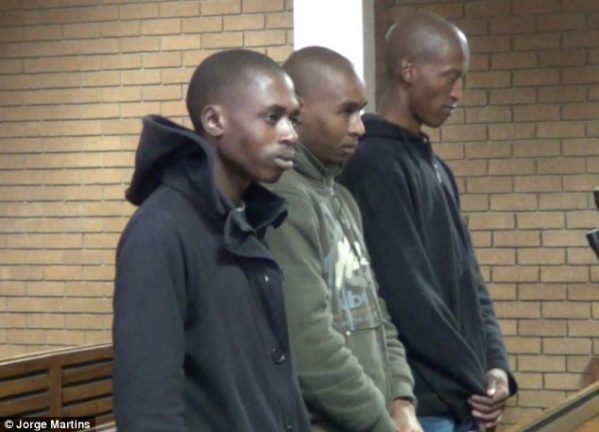
Left to right: Sipho Mbele, David Motaung and Patrick Petrus Radebe.
South Africa is often called the “rape capital of the world,” and it is estimated that more than 70 percent of women have experienced sexual abuse. . .
South African police documented more than 64,000 rapes last year. And, that figure includes only reported rapes. Sexual assault is one of the most underreported crimes worldwide.
A widely cited 2010 study by the Medical Research Council found that more than a quarter of South African men have admitted to raping a girl or woman. One in seven men admitted to gang rape. [Anita Powell, Voice of America, January 9, 2013]
2013:
It is reported that every day in South Africa, 87 people are killed by way of violent crime, or about 32,000 a year. Furthermore, “Currently, only 10% of murderers in South Africa get arrested and only 6% are convicted. Any murderer therefore has a 94% chance of getting away with it,” and that:
Being robbed of one’s vehicle or household belongings is now considered quite normal, and often people ascribe escaping with their lives to their own astuteness, such as being friendly to the robber, helping him load the effects into a vehicle, not looking him in the face so as not to recognise him afterwards, et cetera. [Jan Lamprecht, Before It’s News, March 4, 2013]
Pregnant South African women are deliberately drinking large quantities of alcohol to harm their unborn babies in a bid to earn more welfare money, it has been claimed.
Expectant mothers living in the Eastern Cape, one of the poorest areas in South Africa, are bingeing on a ‘moonshine’ type drink which contains battery acid – with some drinking up to five and six bottles a day.
It has been reported they do it to claim a disability benefit from the government – using their disabled children as a source of income.
Video taken by Sky News shows a mother drinking a homemade brew called ‘kah-kah’ while heavily pregnant.
‘If I don’t drink this, I’m like someone who is sick,’ one woman told Sky News.
‘I can’t sleep and I can’t think straight but when I have this then I am better and I can do anything.’
The addictive milky brown brew is made from yeast, water and battery acid. . .
The World Health Organisation said there has been an increase in the number of babies born with Foetal Alcohol Spectrum Disorder (FASD) [sic] in the area since 2002.
The syndrome is also the most common birth defect in South Africa. . .
Families receive 250 South African rand – or £18 – per child, per month but a disabled child brings in around 1200 rand a month (£87). [Amanda Williams, Daily Mail, January 7, 2013]
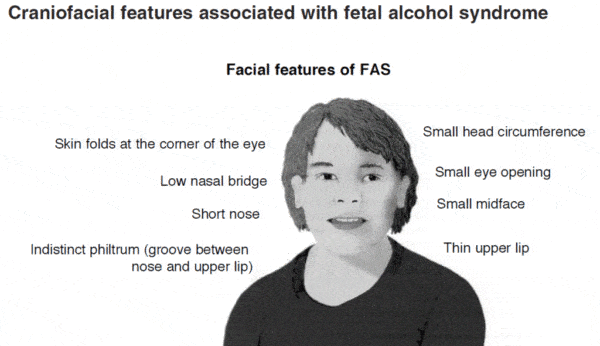
Eight police officers accused of handcuffing taxi driver Mido Macia to their patrol car and dragging him along the street until he died have been arrested on murder charges.
Video footage captured on a mobile phone shows officers attaching the 27-year-old Mozambican to the back of their van and brazenly speeding off before a crowd of horrified onlookers.
Mr Macia was found dead in a police cell two hours later in Daveyton, South Africa. [Taxi Driver Dragged to His Death in South Africa as Eight Police Officers Are Charged with Murder, Dan Newling, Daily Mail, March 1, 2013]
. . . Lesotho witchdoctor Moeketsi Hopolong Mokoena 34 was charged in the Bloemfontein High Court on March 17. 2013, for killing 2 Afrikaner farmers and live-harvesting [Jan] Van Wyk’s testicles and cooking them for food: According to the charge-sheet, Mokoena was caught boiling Mr Van Wyk’s ‘body parts’ after the farmer’s testicles were cut off while he was still alive, the charge sheet indicated. Since the South African government has passed the Traditional Health Practitioners Act of 2007, putting witchdoctors (sangomas) on an equal legal basis with Western Medical Practitioners, the reported number of ‘muthi-killings’ has also increased considerably, while the prosecutions for this cruel murders have dropped. . . . [Muthi-killings entail eating] human flesh which has to be ‘prepared’ in a certain way to ‘strengthen’ the muthi, e.g. by slicing off the needed body parts while the victims are still alive: that makes them scream and feel terror and apparently the adrenaline created in their bodies ‘increases the power of the medicine’. [Lesotho Witchdoctor Moeketsi Hopolong Mokoena 34 Charged with Murders of Jan Van Wyk and Basie Venter and Harvesting Van Wyk’s Body Parts to Eat, Farmitracker, March 19, 2013]
At least 28% of South African schoolgirls are HIV positive compared with 4% of boys because “sugar daddies” are exploiting them, Health Minister Aaron Motsoaledi has said.
He said 94,000 schoolgirls also fell pregnant in 2011, and 77,000 had abortions at state facilities, The Sowetan newspaper reports.
About 10% of South Africans are living with HIV, official statistics show. [BBC News, March 14, 2013]
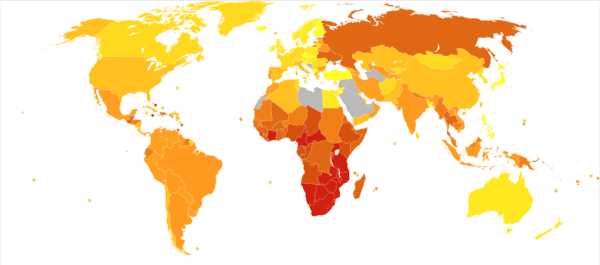
Deaths due to HIV/AIDS per million persons in 2012. Red means 1,403-5,828 deaths. Source: World Health Organization via Wikipedia.
A surge in gang violence has prompted education officials in South Africa’s Western Cape Province to close 16 schools for two days.
At least 50 people are reported to have been wounded or killed after being shot in areas of Cape Town’s Manenberg suburb in recent weeks.
Provincial Premier Helen Zille has asked the national government to send in the army to help overwhelmed police.
A caretaker at one of the schools died after being shot a number of weeks ago.
A stray bullet from gang violence hit a primary school at about that time as well.
The decision to close the schools was made after teachers said they fear for their safety, Western Cape Province Education Ministry spokeswoman Bronagh Casey told the Associated Press news agency. [BBC News, August 15, 2013]
Race quotas will return to South African rugby next season in a bid to produce more top-level black players, the national body announced Wednesday.
A South African Rugby Union (SARU) statement said seven players in each 22-man Vodacom Cup squad must be black, including at least two forwards.
And at least five of the black players must be in the starting line-up with the others on the bench. . .
There has been government, media and public concern for some time about the small number of black players in Super Rugby and for the national team.
Rugby was considered a “white sport” in Apartheid South Africa but there has been a growing number of black players in recent years, although football remains more popular with the majority of the population. [Fox News, August 14, 2013]
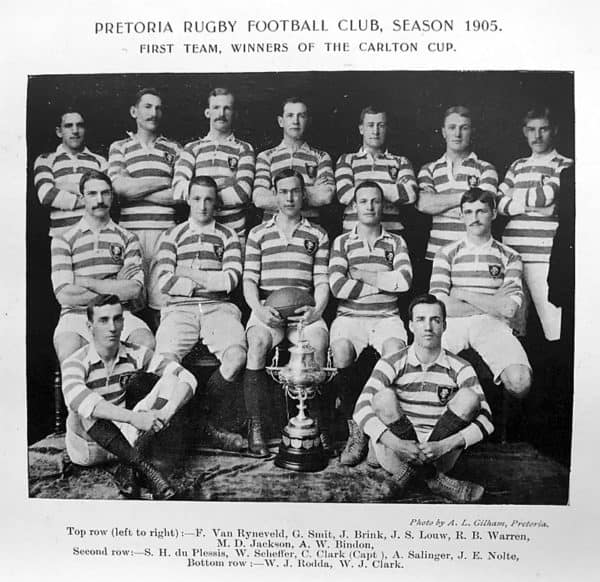
Sky News went to a township near Johannesburg to do our own impromptu survey asking men whether they had ever forced a woman to have sex. . .
In total, 28 out of the 38 that answered said they had raped a woman, and many even explained how and why. [Sky News, September 19, 2013]
To read some of the rapists very frank explanations, click here.
South Africa’s president Jacob Zuma has told how he used to practise witchcraft against white people.
Speaking in his native Zulu language at a pre-election rally in the country’s rural north, he told a crowd of his voodoo past.
‘I used to practise witchcraft around here, bewitching the Boers during apartheid’, Zuma reportedly said.
President Zuma spoke in the village of KaNyamazane, in South Africa’s Mpumalanga province on Wednesday.
He promised the crowd that if his African National Congress (ANC) party was re-elected into power with over 90 per cent of the popular vote, he would come back to the village to slaughter cows in celebration. . . Zuma also told the crowd that the ANC would continue to run South Africa ‘for ever’. [Dan Newling, Daily Mail, January 9, 2014]
South Africa’s main opposition party said on Monday it had asked law-enforcement authorities to charge a government minister and police with assault after several of its parliamentary deputies were injured during a brawl.
Police entered the chamber during session on Thursday for the first time since the 1994 end of apartheid after a furious debate over alleged graft in a $23 million state-funded upgrade to President Jacob Zuma’s house.
Critics said the episode, in which witnesses said lawmakers from the ruling African National Congress cheered as police physically ejected rival deputies, was an example of increased ANC thuggery to chill dissent. The ANC denies such accusations. [Reuters, November 17, 2014]
A bucketload of human excrement flung at a statue has toppled a symbol of British imperialism in South Africa, marking the emergence of a new generation of black protest against white oppression.
The senate of the University of Cape Town (UCT) on Friday bowed to student demands that a brooding bronze statue of colonialist Cecil John Rhodes should be removed from the campus. . .
The “poo protest” was launched by a small group of students earlier this month, sparking a series of demonstrations demanding that the statue be torn down.
On Friday, the university senate voted 181 to one to remove the statue permanently from the campus, after vice-chancellor Max Price acknowledged “the many injustices of colonial conquest enacted under Rhodes’ watch”. . .
But the disappearance of Rhodes is unlikely to end the debate on racial transformation launched by the protest, which gave rise to similar demands for change at two other universities.
In the east coast city of Durban, students at the University of KwaZulu Natal splattered white paint and anti-racism slogans on a statue of Britain’s King George V.
And at Rhodes University in the Eastern Cape, activists want the institution to be renamed. [Lawrence Bartlett, Yahoo! News, March 29, 2015]
Afrikaner commentator Dan Roodt observed:
The actual removal by truck and crane was a considerable victory for the anti-white side, as it was broadcast on national television, with pictures in all the newspapers. Excited young blacks climbed onto the statue as it was being lifted, throwing paint on the old imperialist, as if vicariously attacking the entire white population and everything it has done for four centuries. [Flinging Poo at South Africa’s Past, Dan Roodt, American Renaissance, May 15, 2015]
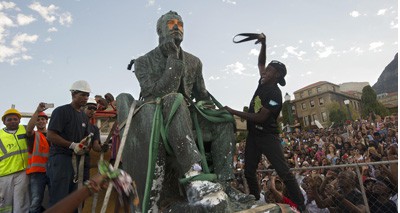
Another statue in Durban has been defaced as the colonial statue debate in South Africa rages on.
The bust of famed Portuguese poet Fernando Pessoa who lived in South Africa from 1895 to 1905, situated on an island between Dr AB Xuma (Commercial) Road and Monty Naicker (Pine) Street was covered in red paint this week. [Charmel Payet, IOL News, April 12, 2015]
An 86-year-old nun who had worked in Ixopo for 60 years has been raped and murdered in her bedroom.
Sister Gertrud Tiefenbacher’s body was found by a fellow sister at the Sacred Heart Home in Ixopo.
The nun, an Austrian immigrant, had been gagged and bound with a cord from an electric typewriter. . .
This is the first incident of this nature in the mission’s 92-year history. [Sherlissa Peters, IOL News, April 21, 2015]
South Africa continues to deal with a crisis that refuses to go away; hate crimes against lesbian women to “cure” them of their homosexuality. Since the term corrective rape was coined by charity workers over a decade ago, few national statistics on levels of violence against lesbians have been compiled. At least 32 women have been raped and murdered in the last 15 years–but underreporting means this is likely to be the tip of the iceberg. According to South African charity Luleki Sizwe, more than 10 women are raped or gang-raped weekly. [Lydia Smith, Telegraph, May 21, 2015]
Today, South Africa’s economy is stagnant, with growth running at an annual rate of just 1.3 per cent. That matters a great deal because the economy needs to expand by at least 5 per cent every year if poverty and unemployment are both to fall. Instead, the number of people out of work has risen by 1.6 million since Mr Zuma won the presidency in 2009. Unemployment–even at the narrowest definition–now stands at 26 per cent. If you use a broad definition that includes people who are too demoralised to look for work, the jobless total rises to 36 per cent. . .
Sadly, Mr Zuma has helped to impose new constraints such as the electricity blackouts which have become routine in Johannesburg, the commercial capital. These are happening because old power stations have shut down, causing a wholly predictable loss of capacity. The government ignored the warning signs for a decade or more, leaving the business of generating electricity in the hands of Eskom, a run-down state utility without the money to build new capacity. . .
Instead of grappling with these problems, Mr Zuma spends his time fending off a swirl of scandal and intrigue. Before he became president, he faced a battery of criminal charges amounting to no less than 783 counts of alleged corruption, fraud and racketeering. He always protested his innocence, but the charges were quashed on procedural grounds without being tested in court. As a result, South Africans were denied the chance to learn the truth about their leader, one way or the other.
Even while the crime-ridden shanytowns endure, the government recently found more than £13 million of public money to spend on Mr Zuma’s private homestead at Nkandla. He explained that the cash went on “security upgrades” necessary for his job. It turned out that his idea of “security” included the taxpayer funding his swimming pool, cattle kraal and chicken coop. . . [David Blair, Telegraph, June 19, 2015]
Nelson Mandela’s grandson has been charged with raping a 15-year-old in a toilet in South Africa.
. . . after the alleged attack, Nelson Mandela’s second wife Winnie sent a bodyguard – who posed as a police officer – to the family’s home to intimidate them.
‘Winnie’s bodyguard went to the family pretending to be a cop,’ the family spokesman continued.
‘The father was told there was no need to arrest the suspect but when the father asked to see his badge, he didn’t have one. It turned out he had been sent by Winnie.’ . . . The family spokesman added that the alleged victim’s family was angered by the way the Mandelas had treated them.
He said: ‘Just because they have a famous surname, they think they can get away with crime . . . The girl is young and doesn’t even drink.’
. . . Another one of Nelson Mandela’s grandchildren, Mandla, was convicted of assaulting a 40-year-old motorist during a road-rage incident earlier this year. [Jay Akbar, Daily Mail, August 18, 2015]
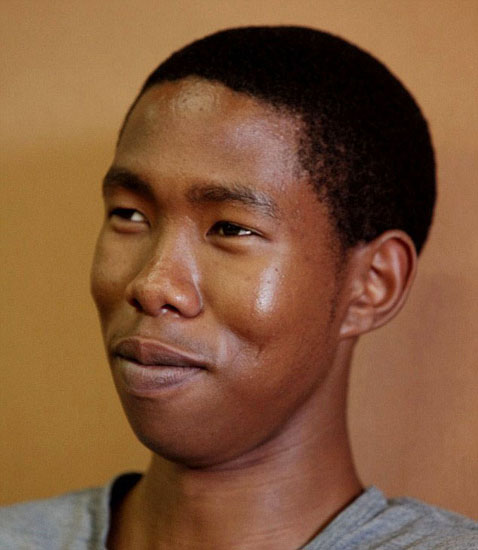
Mbuso Mandela.
South Africa’s murder rate has jumped 4.6% in the past year, with almost 49 people killed every day.
A total of 17,805 murders were committed from April 2014 to March 2015, an increase of 782 deaths from the year before in a population of 54 million. . .
The murder figures, which have risen each year from a low of 15,554 in 2011-12, reflect a reversal of what many had hoped was a long-term progress in reducing violent crime.
“17,805 is a number I would expect from a country at war,” said Dianne Kohler Barnard, shadow police minister of the main opposition, Democratic Alliance. [Guardian, September 29, 2015]















